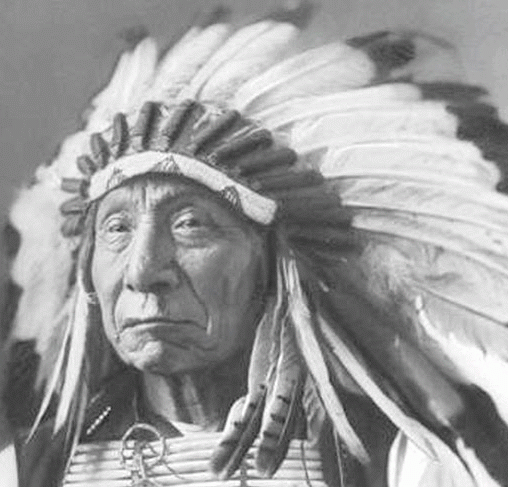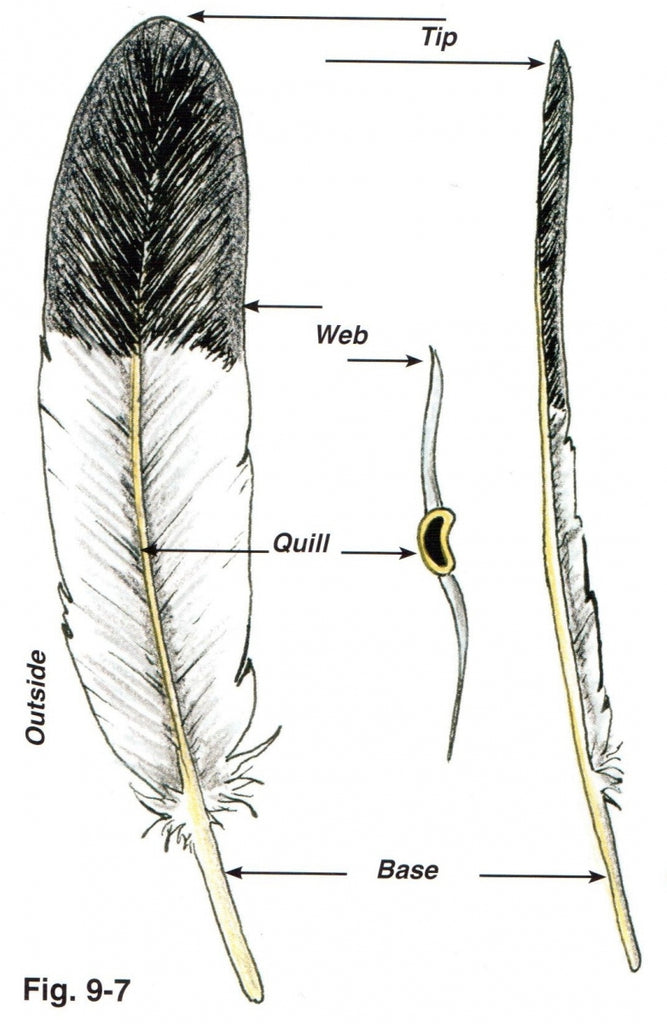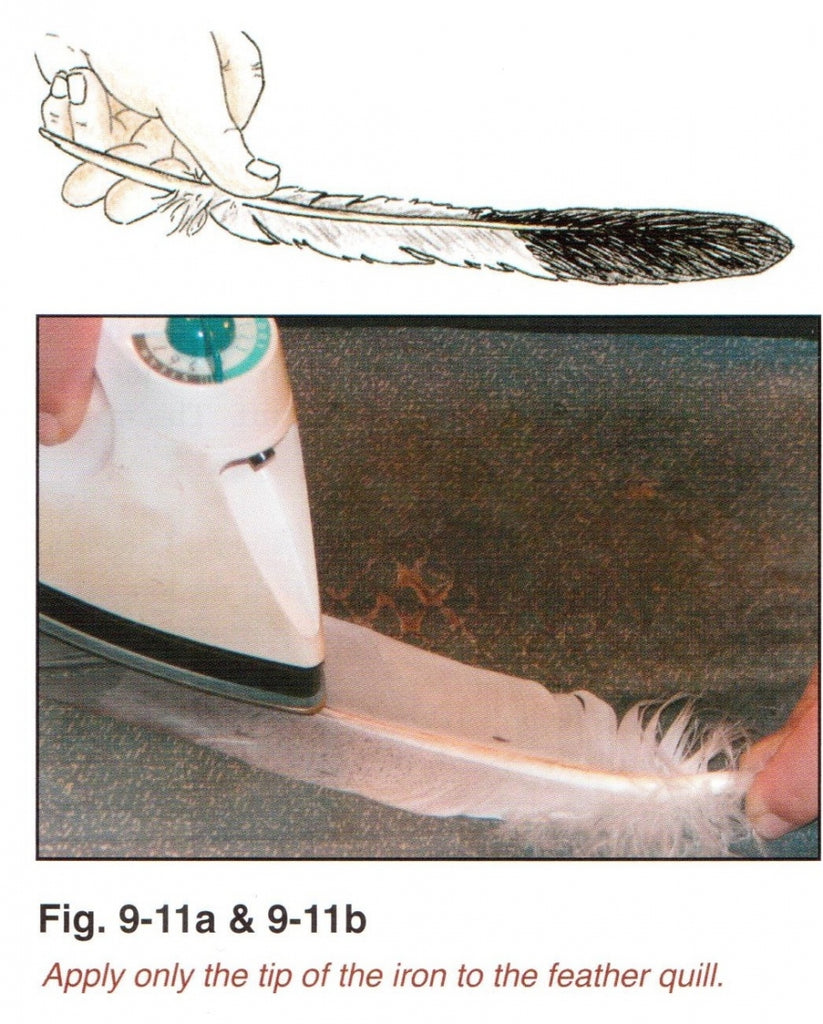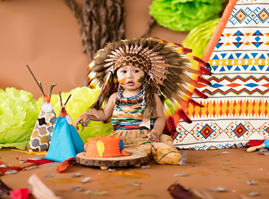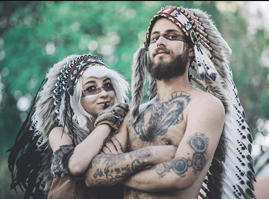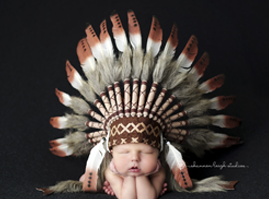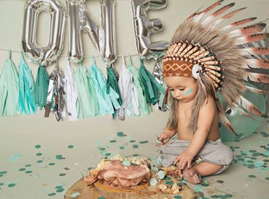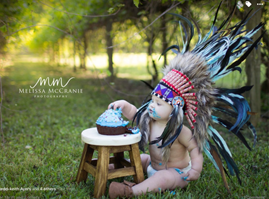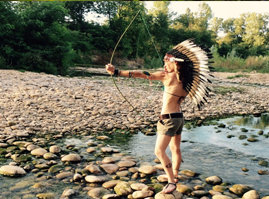The Influence and History of the Headdress
The Influence and History of the Headdress
A headdress was worn to represent power, loyalty, and authority. Outside North America, headdresses appear and are styled differently. For instance, in ancient Egypt, only the pharaoh was allowed to wear a headdress made from a stripped fabric (with a crown on top). The remaining social classes (except for Egyptian slaves), wore wigs made from vegetable-sourced fiber. Wealthier Egyptians wore bigger wigs with ringlets to show their magnificence in society.
Ancient Greece
In ancient Greece, both males and females usually keep their heads uncovered. Only during long travels do they covered their heads with a round felt hat (with fields --- a material that represents their God’s envoy sculptures and frescos). In the Middle Ages, adult Greek women wore hooded raincoats with capes. Hoods come in different styles. There are times when the end part of the hood was so long that it hung way below the waist.
Middle Ages
Headdresses in the Middle Ages became luxurious products and ornaments. People made additions to their headdresses by including plumes, jewelry, fur, and tapes. In Europe, caps were made available. Initially, it was utilized for bathing and as nightcaps for both sexes. A male’s cap would show a long top which hung on one side. Later on, males have put off wearing the headdress and left it for Ilamas to wear until the end of the XIX century.
Genin
Genin (or headdresses shaped in a high cone) were worn by women and some men in Europe. It’s speculated that the genin was popularized by Isabella Bavarian, who made it fashionable in 1395. A century later, such headdress was no longer seen in secular clothing. Its existence was still seen in masons who started wearing it. The genin skeleton worn by princesses at the time was 3 feet in height (but was eventually lowered to 2 feet). The skeleton body was typically made from starched cloth or hardened paper. Silk or other special fabrics were then fitted over the body.
Eastern Influence
Far East, headdresses in the form of turbans made its way to Europe. Turbans at the time were widely circulated. They were worn by both men and women. Persians formed a turban in the form of fabric, which was then tied the head. This form of headdress had a major influence in Islamic religion.
By the XVII and XVIII centuries, turbans phased out from European fashion. It only resurfaced during Napoleon’s campaign to Egypt and during World War II.
Central Asia
In Central Asia, turbans were forbidden for beggars and time-managed workers. But males who are five years of age and above from middle and high classes were cleared to wear turbans. Such headdress can was considered as a “smart” and casual headwear. It can easily be converted into a belt.
French Influence and East Slavs
By the XIV and XV centuries, French fashion took a strong hold in Europe. Headdresses in the form of cap were elongated and sharp. Male caps were completely designed with peacock feathers. Felt hats crafted by Russian craftsmen at the time were also popular.
East Slavs from all social classes had headdresses resembling as caps that extend upward. Peasants wore caps with a narrowed high crown made from felt material. Low cut caps with rounded fur bands and velvet/brocade crowns, called mumolki, were also known.

